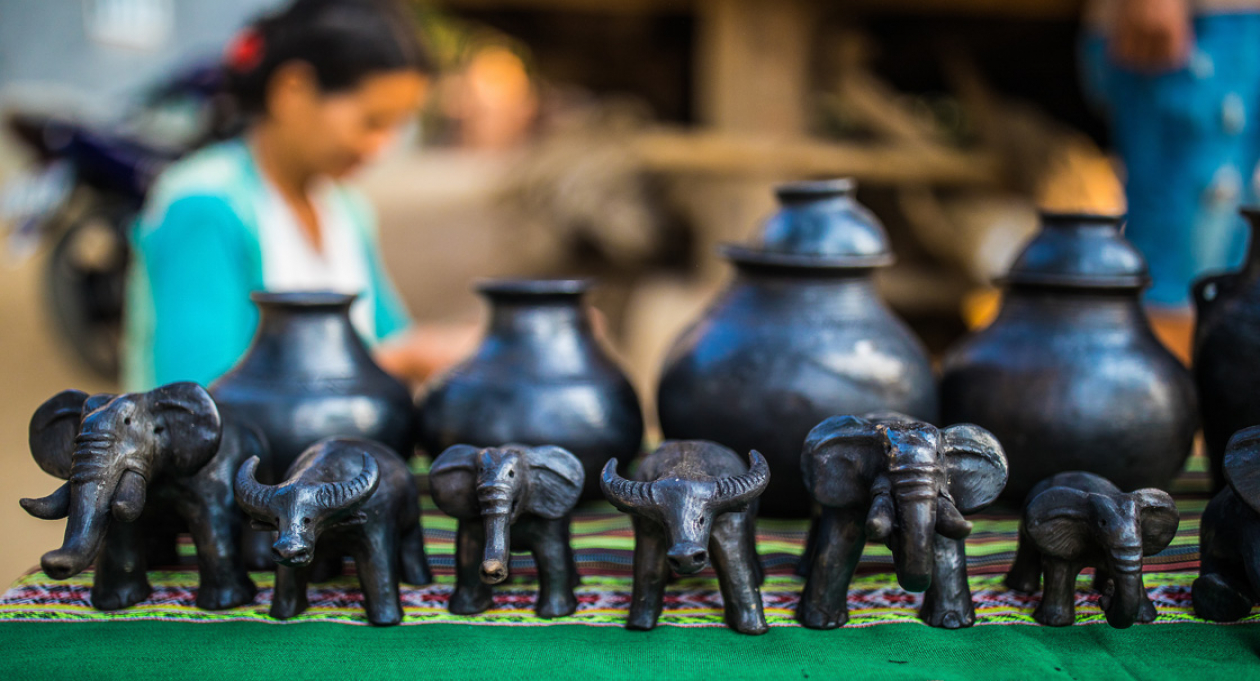
5 Methods to Encounter Ethnic Groups in Vietnam
There are numerous vibrant ethnic groups in Vietnam. There are 54 recognized ethnic groupings, which divide into thousands of smaller groups. Not sure where to begin? Hands-on learning is the greatest method to comprehend Vietnam's ethnic diversity. Any journey to Vietnam would be incomplete without experiencing ethnic culture, from homestays in the mountains to medicinal herbs. Here are five quick ways to learn about the ethnic groups of Dao, Hmong, Tay, Bahnar, and Khmer.
Take advantage of Dao traditional medicine
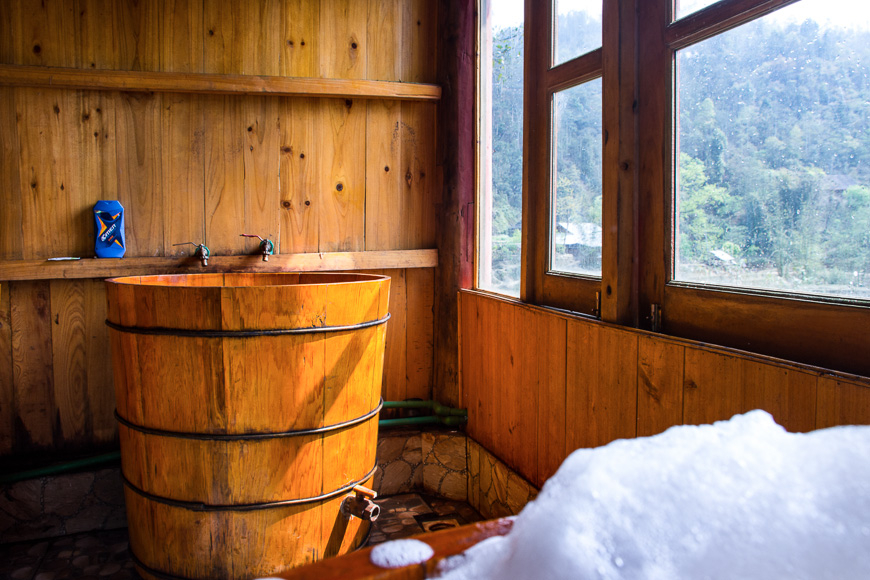 One of the first ethnic groups to settle in the northern highland provinces of Lao Cai, Yen Bai, and Ha Giang was the Yao (sometimes spelled Dao or Dzao), who had been in Vietnam since the 13th century. Yao medicine heavily utilizes the secrets of the soil, and Yao agriculture evolved over many years. The Yao people grow a variety of medicinal plants that are utilized in therapeutic massages and herbal baths in addition to being used to heal diseases and afflictions.
One of the first ethnic groups to settle in the northern highland provinces of Lao Cai, Yen Bai, and Ha Giang was the Yao (sometimes spelled Dao or Dzao), who had been in Vietnam since the 13th century. Yao medicine heavily utilizes the secrets of the soil, and Yao agriculture evolved over many years. The Yao people grow a variety of medicinal plants that are utilized in therapeutic massages and herbal baths in addition to being used to heal diseases and afflictions.
A special medicinal plant excursion that takes you across the hills with a traditional doctor is available from La Vie Vu Linh in Yen Bai. After a strenuous walk in Sapa or Lao Cai, you must experience Yao herbal baths, which are supposed to purify the body and even promote bone health. Look into the award-winning Dao Lodge in Ha Giang, the opulent spa at Topas Ecolodge, or the social venture Sai Duan for something unique.
TIP: Dao's Care in Hanoi offers hot Yao herbal baths and traditional massages if you can't make it to the mountains.
Go hiking with the Hmongs
 White Hmong, Blue Hmong, Flowered Hmong, and Black Hmong are the four subgroups of Hmong in Vietnam. In some of Vietnam's most mountainous areas, where typhoons, freezing weather, and landslides are a continuous worry, Hmong hamlets can be found. In Sapa, Hmong settlements are poised above lush, foggy valleys. In Ha Giang, Hmong corn farms ascend almost vertical mountain slopes. In Mu Cang Chai, the Hmong tend to stunning swirling rice terraces. The Hmong are tough mountaineers and good route guides since they have to live and work in harsh situations.
White Hmong, Blue Hmong, Flowered Hmong, and Black Hmong are the four subgroups of Hmong in Vietnam. In some of Vietnam's most mountainous areas, where typhoons, freezing weather, and landslides are a continuous worry, Hmong hamlets can be found. In Sapa, Hmong settlements are poised above lush, foggy valleys. In Ha Giang, Hmong corn farms ascend almost vertical mountain slopes. In Mu Cang Chai, the Hmong tend to stunning swirling rice terraces. The Hmong are tough mountaineers and good route guides since they have to live and work in harsh situations.
While taking you around their mountain houses, Hmong guides will be proud to explain the rich Hmong culture to you. Hikers who love to explore new paths should head to Mu Cang Chai and Ha Giang or plan aside time for a multi-day walk through Sapa's valleys and villages.
TAKE ADVICE: For hikes near Sapa, Sapa Sisters and Ethos Spirit of Travel can put you in touch with top-notch Hmong guides.
Utilize the Tay to reserve a lakeside homestay
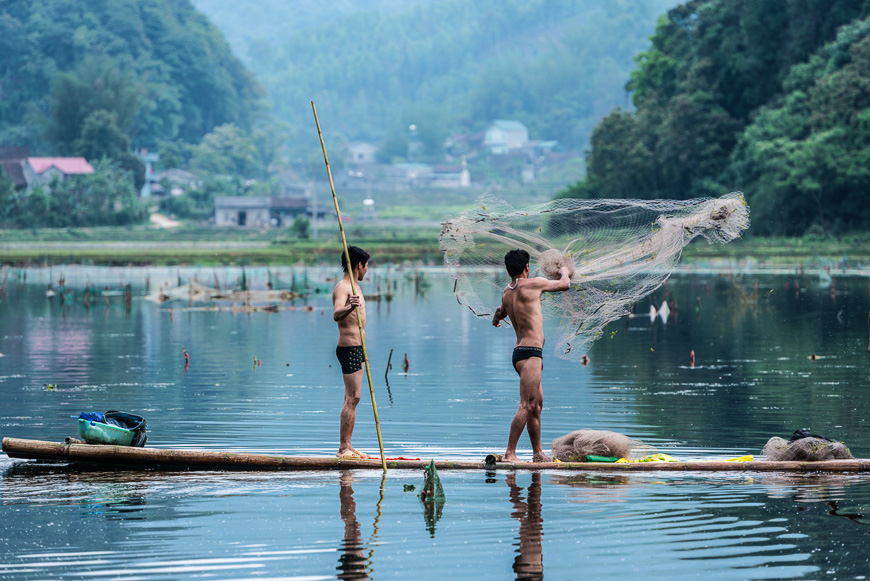 The second-largest ethnic group in Vietnam is the Tay, and the northern areas of that country are home to some of the most picturesque Tay homes. Contrary to the Hmong, the majority of Tay migrated to lush valleys with flat ground. Tay homes are elevated, primarily made of wood, and constructed adjacent to lakes, rivers, and streams. Because of their close proximity to water, the Tay practice wet farming, which is a significant part of their crop output. They are also skilled at wild fishing.
The second-largest ethnic group in Vietnam is the Tay, and the northern areas of that country are home to some of the most picturesque Tay homes. Contrary to the Hmong, the majority of Tay migrated to lush valleys with flat ground. Tay homes are elevated, primarily made of wood, and constructed adjacent to lakes, rivers, and streams. Because of their close proximity to water, the Tay practice wet farming, which is a significant part of their crop output. They are also skilled at wild fishing.
Ba Be Lake, six hours from Hanoi, is a good place to come to learn more about Tay's customs. Spend a few days in a Tay village where your host family will teach you how to fish and navigate a boat.
As a helpful hint, Mr. Linh's Homestay in Ba Be Lake may organize transportation from the city and overnight stays in Tay stilt houses in the National Park.
Discover the Bahnar architecture
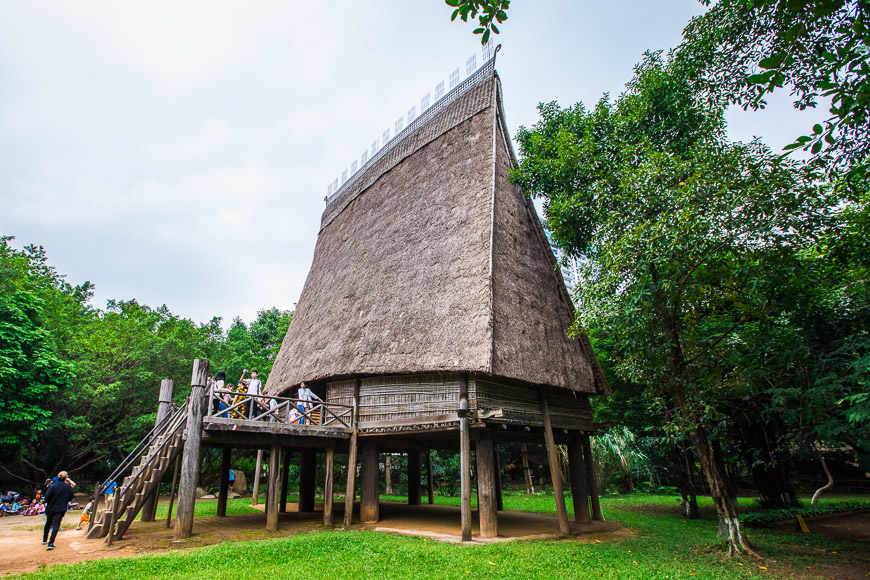 The Central Highlands of Vietnam are dotted with charming Bahnar settlements, each with a big common house that rises above the foliage. The communal dwellings of the Bahnar serve as venues for rituals, festivities, and social events. They are hospitable people who are extremely proud of their homes. These homes are typically 12 meters high, 12 meters long, and 8 meters broad. Some rival villages will construct higher buildings as a sign of strength and wealth.
The Central Highlands of Vietnam are dotted with charming Bahnar settlements, each with a big common house that rises above the foliage. The communal dwellings of the Bahnar serve as venues for rituals, festivities, and social events. They are hospitable people who are extremely proud of their homes. These homes are typically 12 meters high, 12 meters long, and 8 meters broad. Some rival villages will construct higher buildings as a sign of strength and wealth.
Communities in Bahnar are frequently grouped together, making village-hopping viable. Although there are Bahnar settlements outside of Pleiku and Buon Ma Thuot, Kon Tum has the most accessible Bahnar communities. In the settlements of Kon Kotu, Kon Harachot, and Kon Tum Kapong, communal dwellings are a must-see attraction.
Visit the Vietnam Museum of Ethnology to learn more about Hanoi's ethnic architecture.
Explore the Mekong Delta's Khmer pagodas
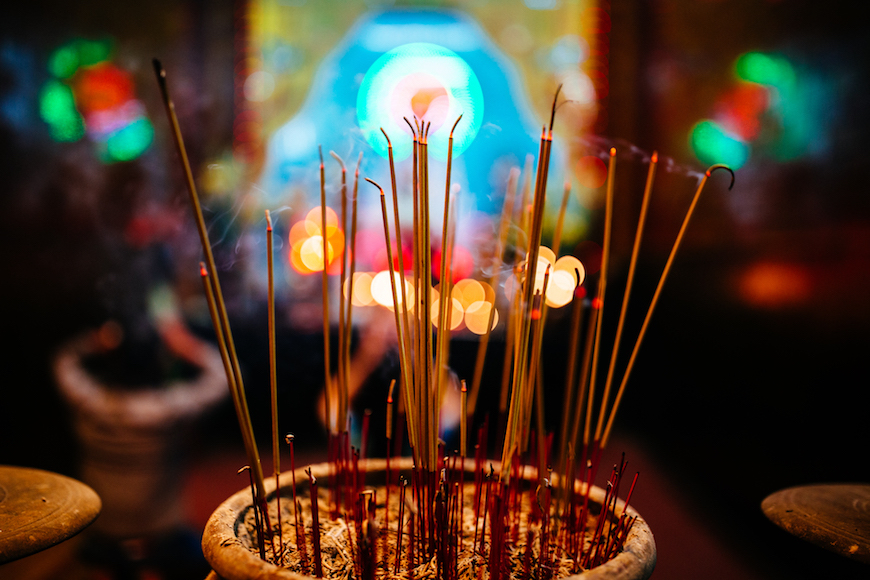 The 1.3 million members of the ethnic Khmer group who reside around the Mekong River in southern Vietnam place a high value on Buddhism. Before becoming adults, many boys spend several years at the pagoda learning about Buddhism and Khmer traditions. The most stunning Khmer pagodas may be seen in Soc Trang and Tra Vinh, though you can find them all across the Delta. Visit Hang Pagoda or Ang Pagoda and talk to the resident monks there to learn more about their beliefs. You may also observe the monks from Xon La Pagoda collecting alms in the early mornings.
The 1.3 million members of the ethnic Khmer group who reside around the Mekong River in southern Vietnam place a high value on Buddhism. Before becoming adults, many boys spend several years at the pagoda learning about Buddhism and Khmer traditions. The most stunning Khmer pagodas may be seen in Soc Trang and Tra Vinh, though you can find them all across the Delta. Visit Hang Pagoda or Ang Pagoda and talk to the resident monks there to learn more about their beliefs. You may also observe the monks from Xon La Pagoda collecting alms in the early mornings.
The middle of April is a great time to travel to the Mekong Delta because this is when Buddhists celebrate Chol Chnam Tmay, the Khmer new year, by decorating pagodas and participating in street activities.
Recommendation: Mekong Rustic arranges tours across the Mekong Delta, including excursions to the Khmer pagodas in Soc Trang and Tra Vinh.